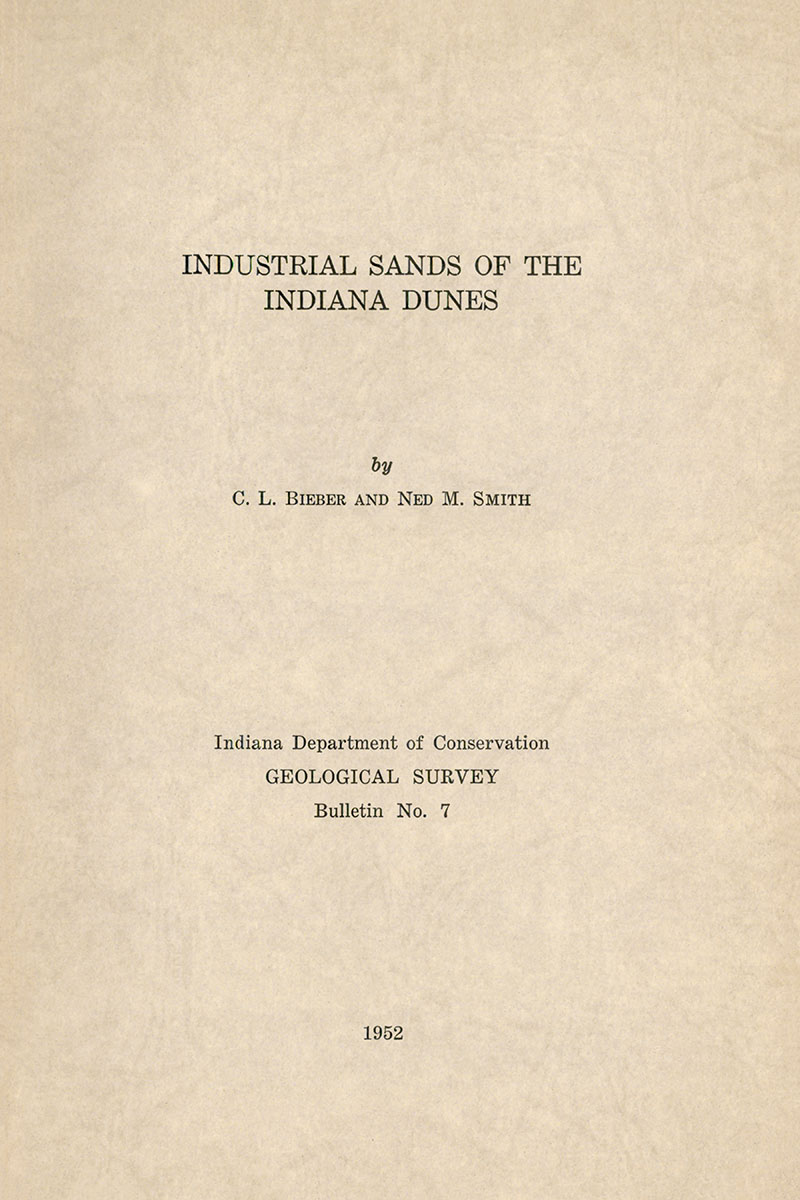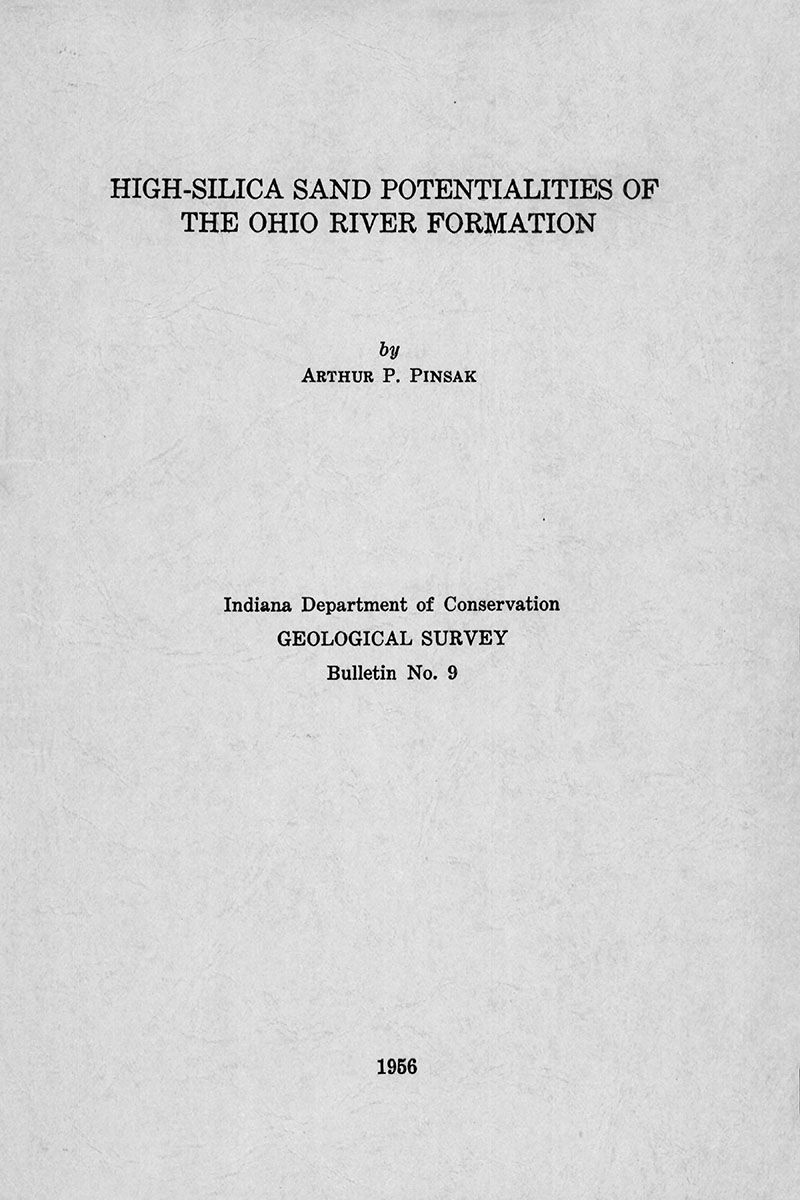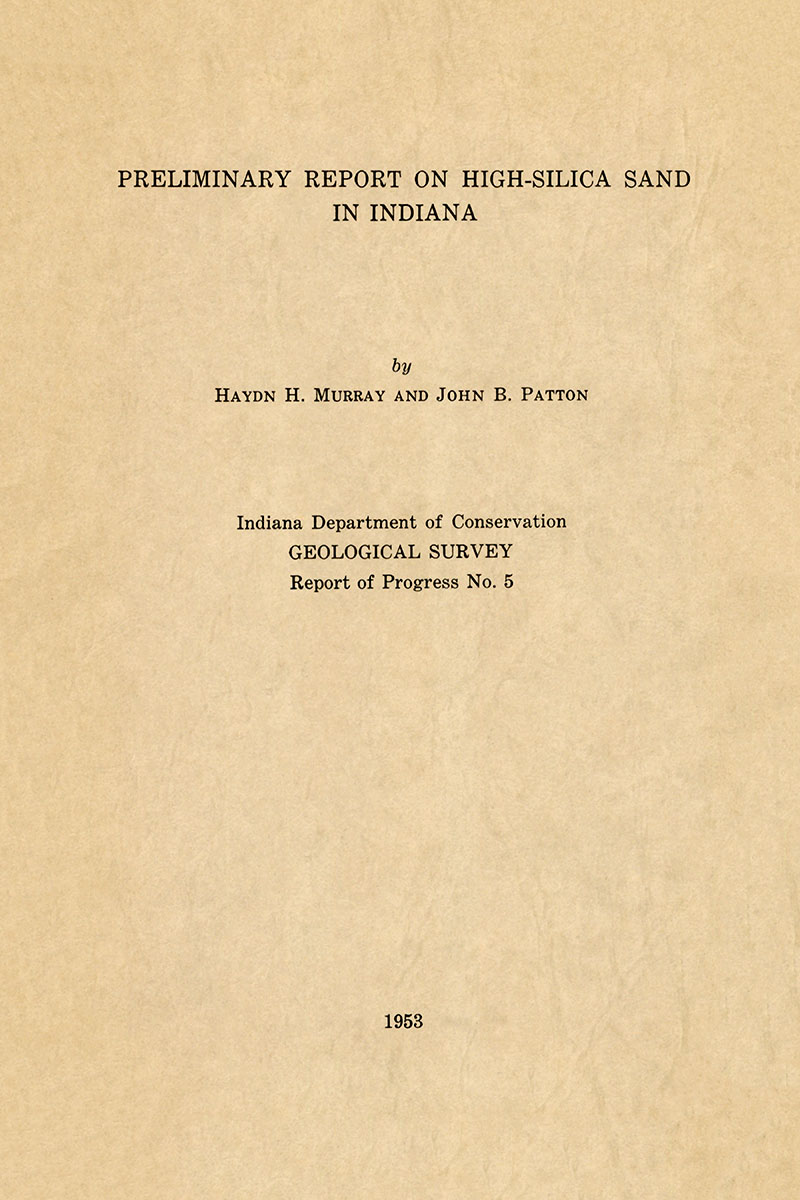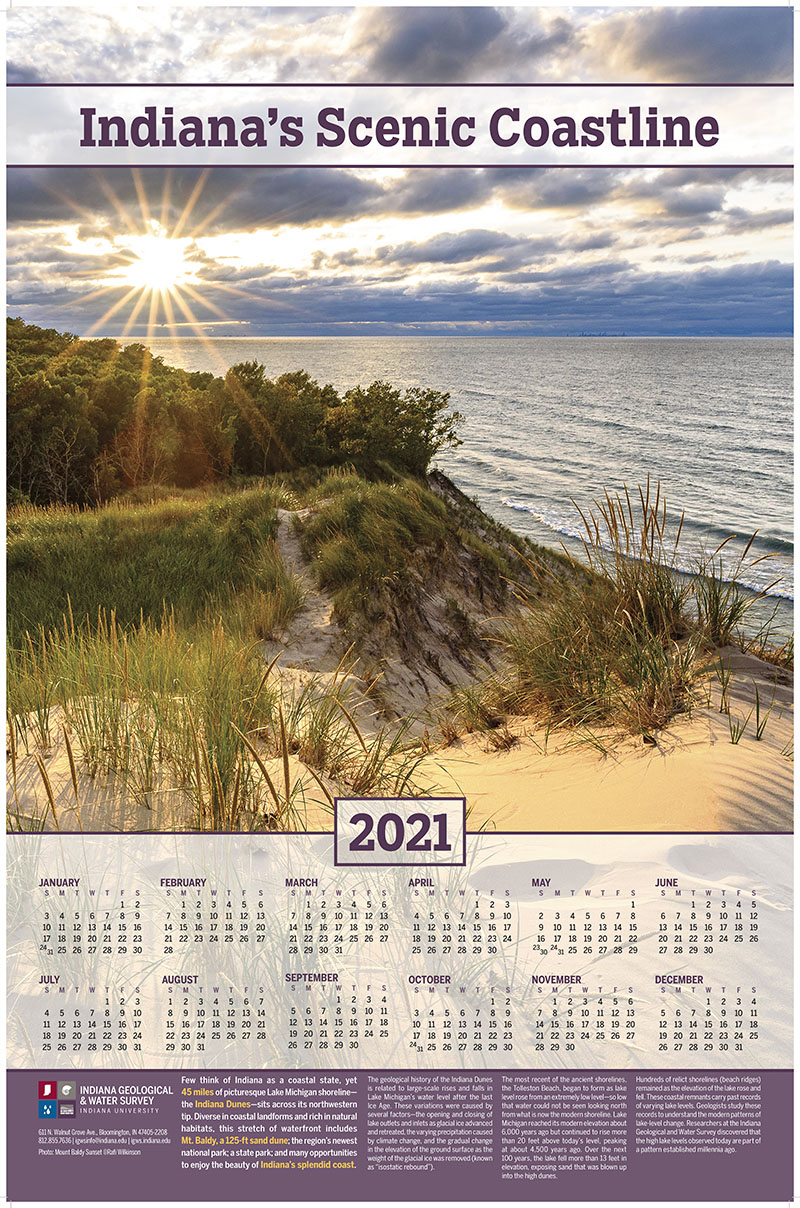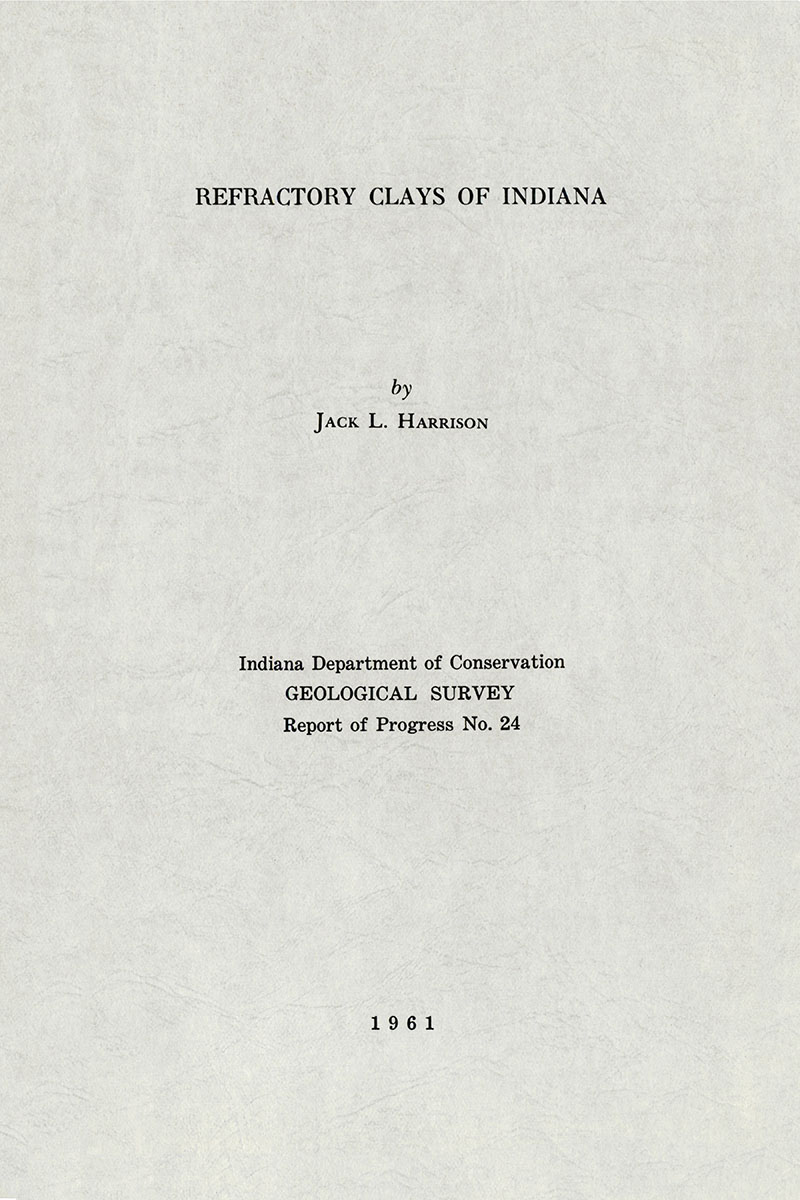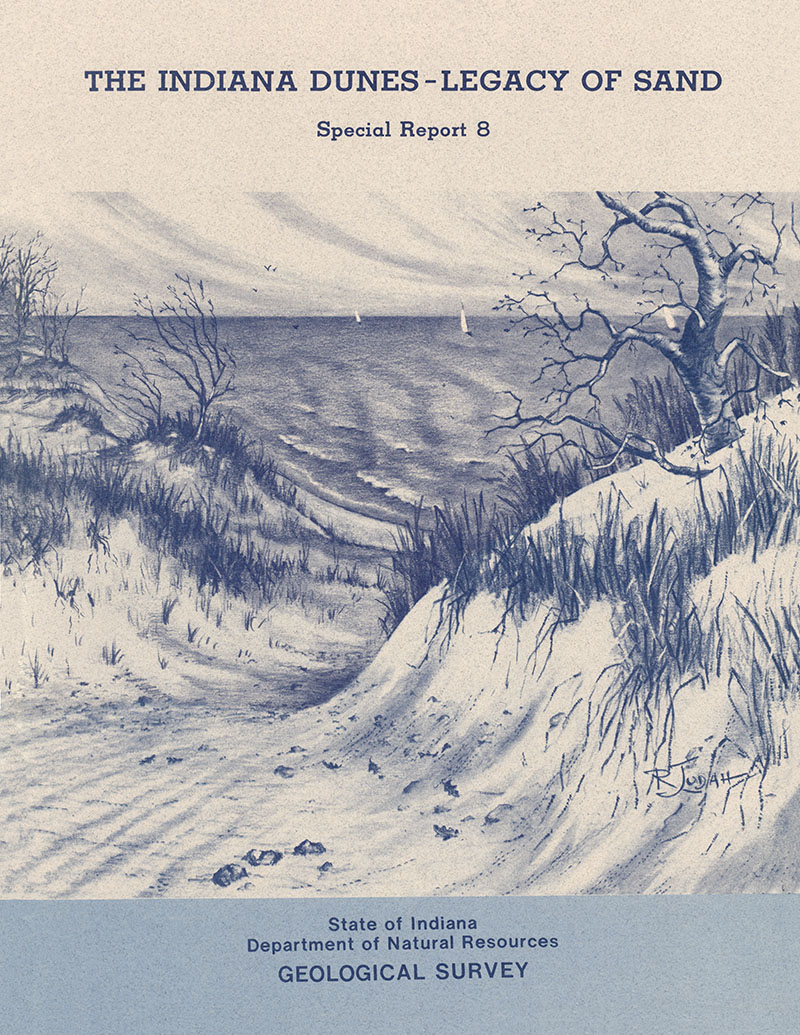The removal of the sand does not leave the land waste. The operators can readily divide the land into residential subdivisions and thus gain additional revenue. Natural dunes are preserved in the Indiana Dunes State Park and in some residential areas. If the present supply and demand is maintained, 50 to 100 years of sand operations are possible.
Bieber, C. L., Smith, N. M. 1952, Industrial sands of the Indiana Dunes: Indiana Geological Survey Bulletin 07, 31 p., 6 pl.
You may also like:
Keywords: industrial minerals, Indiana Dunes, sand, Lake Michigan, beach, grain size, density, chemistry, production
Can't find what you're looking for? Feel free to contact us directly:
Indiana Geological and Water Survey
1001 E. 10th St.
Bloomington, IN 47405
812-855-7636 (phone)
812-855-2862 (fax)
IGWSinfo@indiana.edu
IGS Return Policy
- Original sales receipt required.
- Returns accepted within 30 days of purchase date.
- Refund will be issued by the same method of payment as purchased.
- Products must be returned in the same new condition as purchased.
- Refunds on custom orders and digital products are NOT allowed.
- Customers are responsible for paying shipping costs to return products.
Updated 8/19/2020



